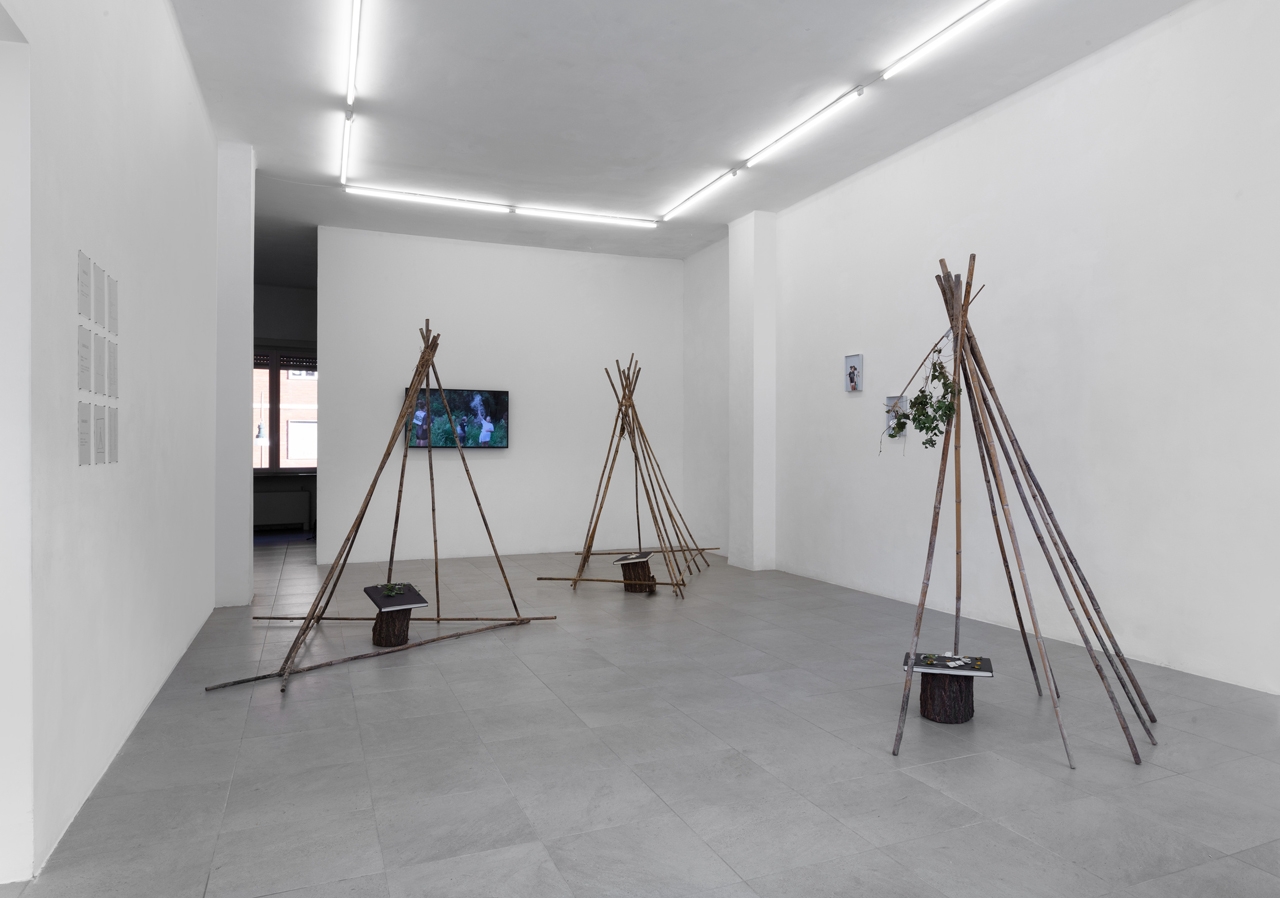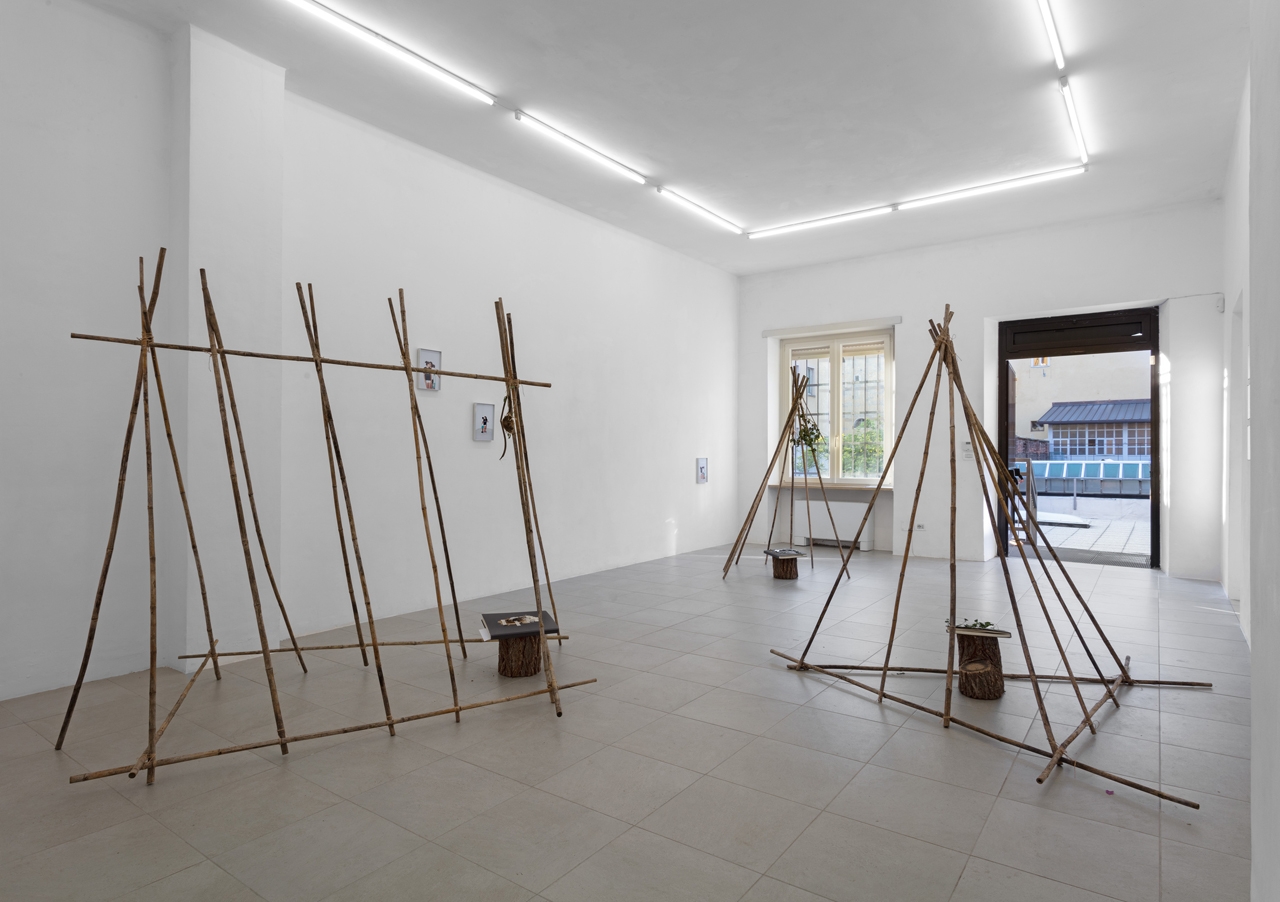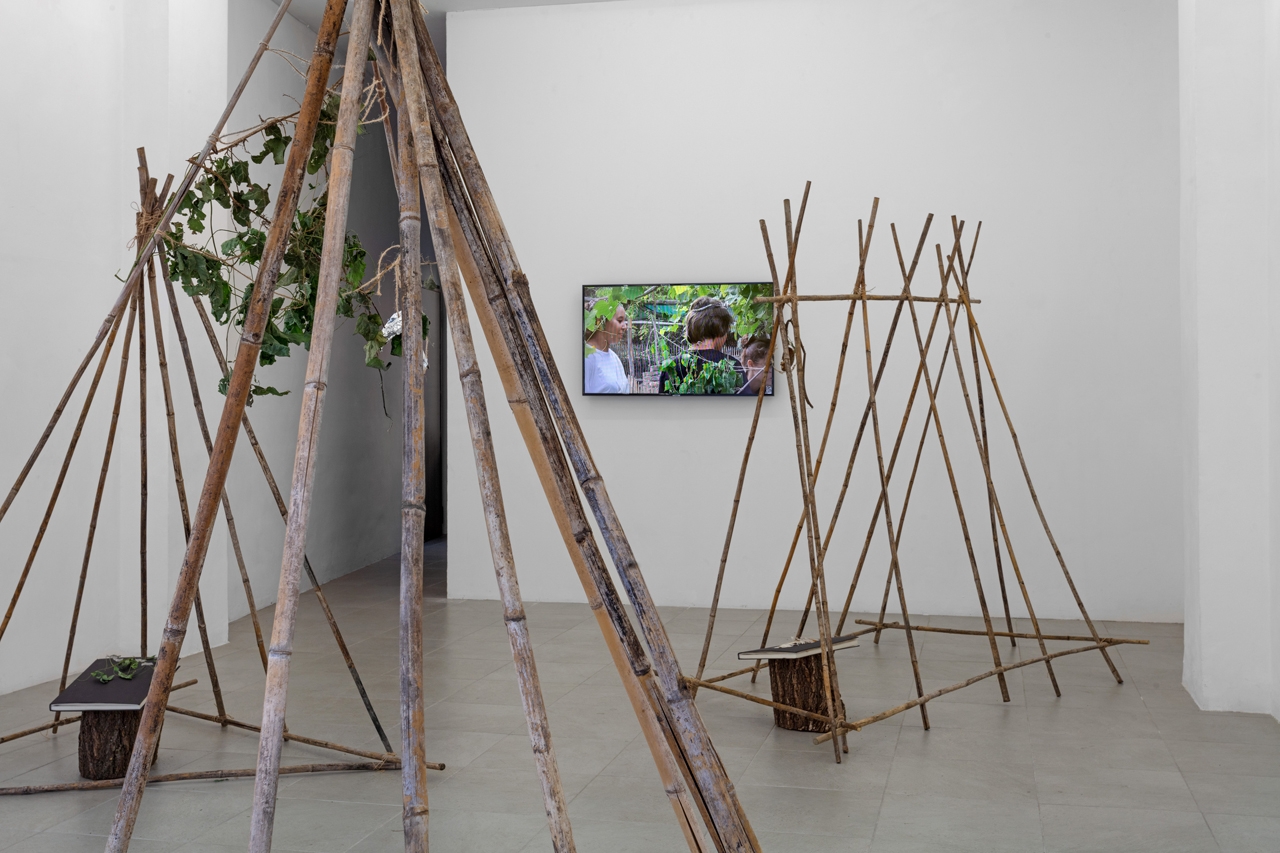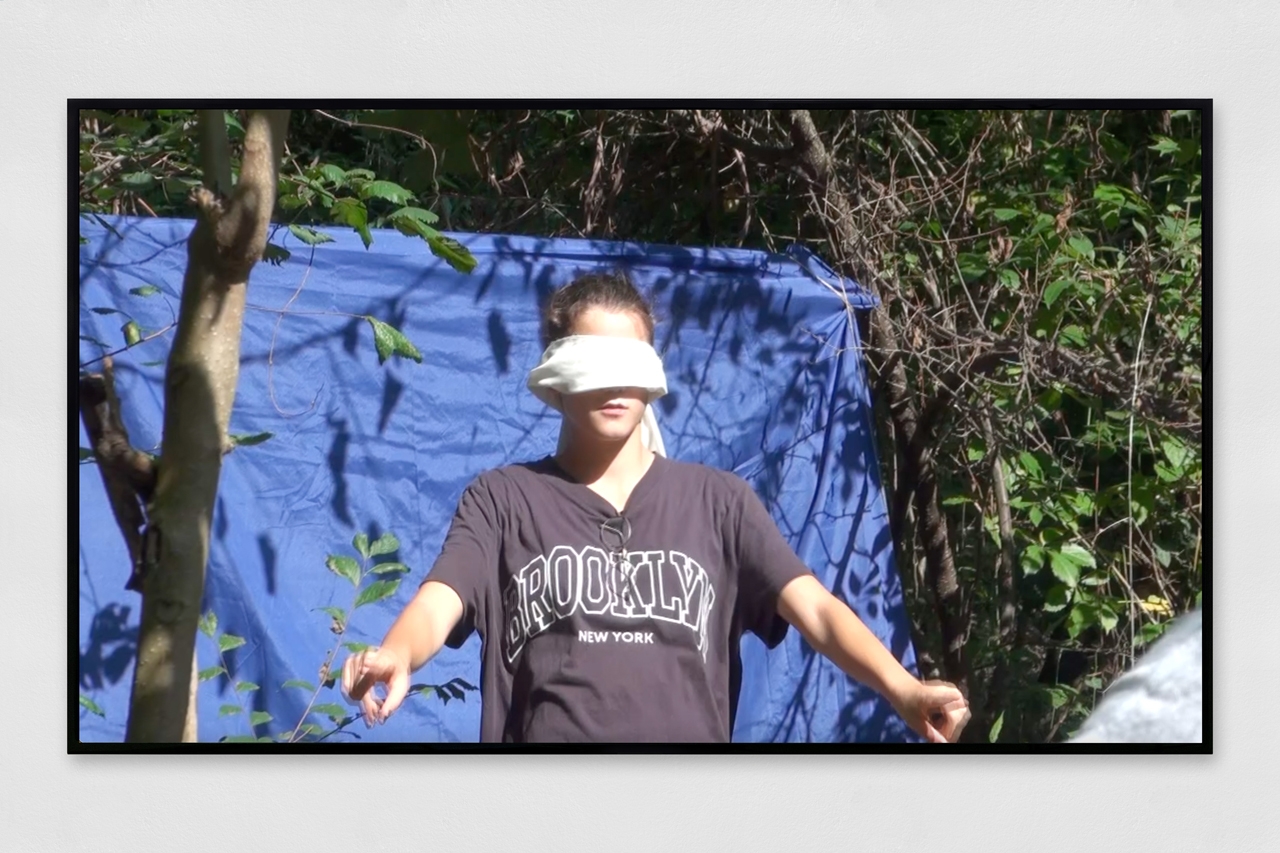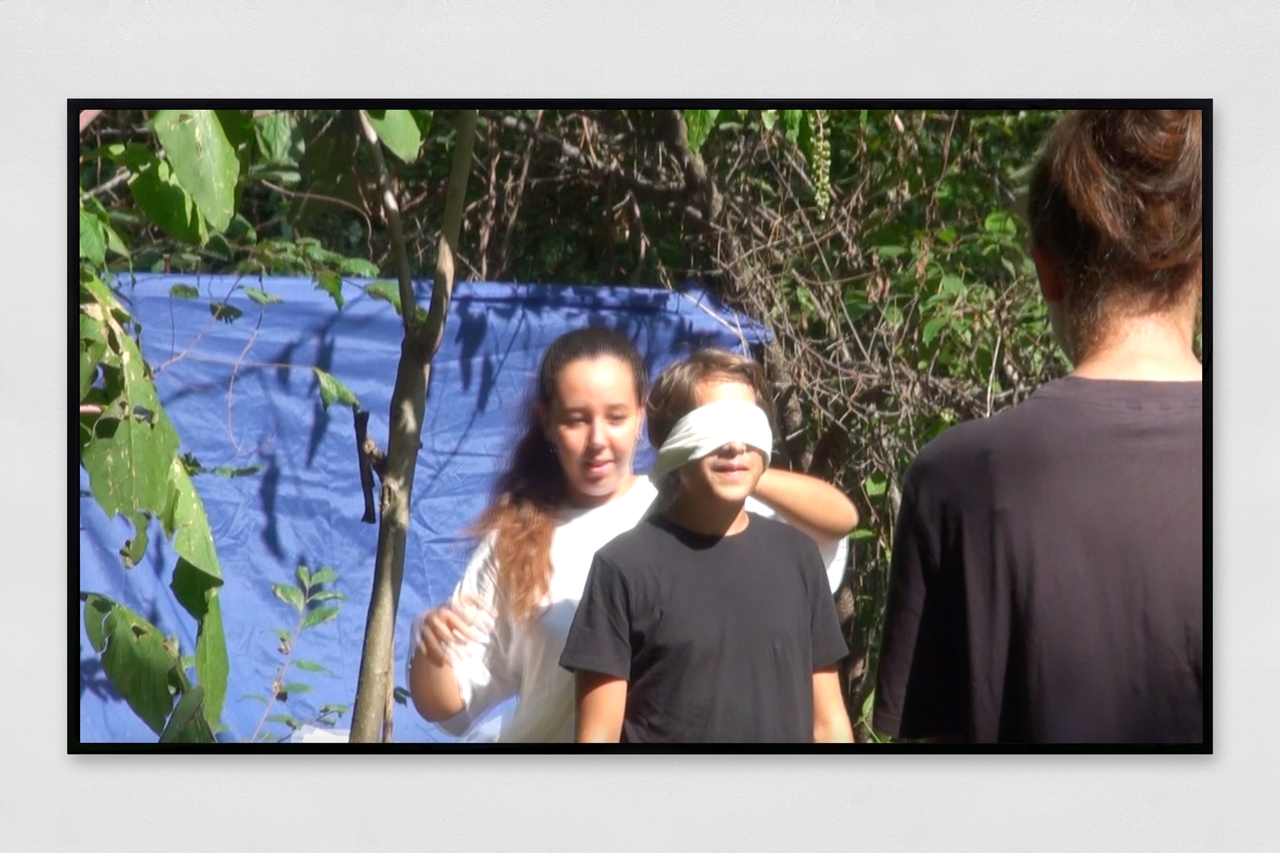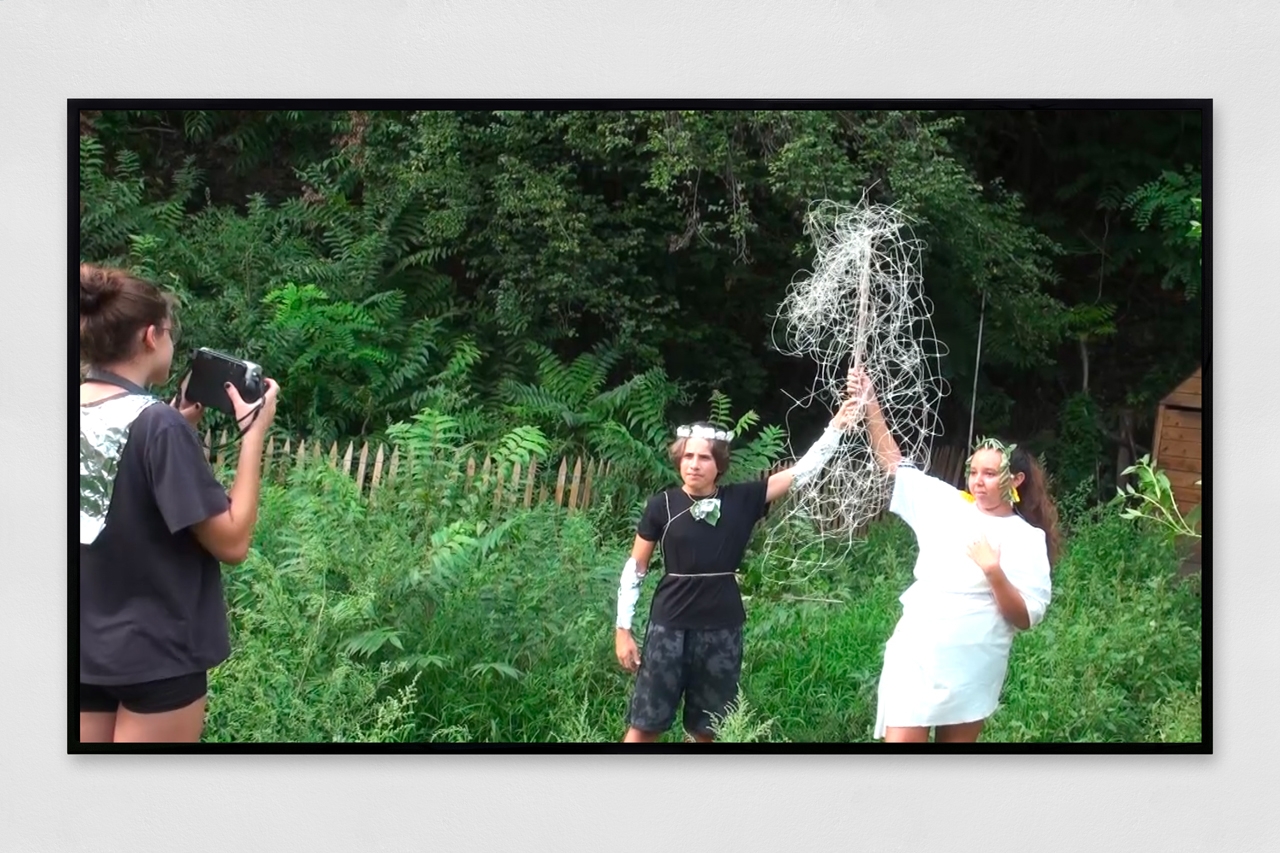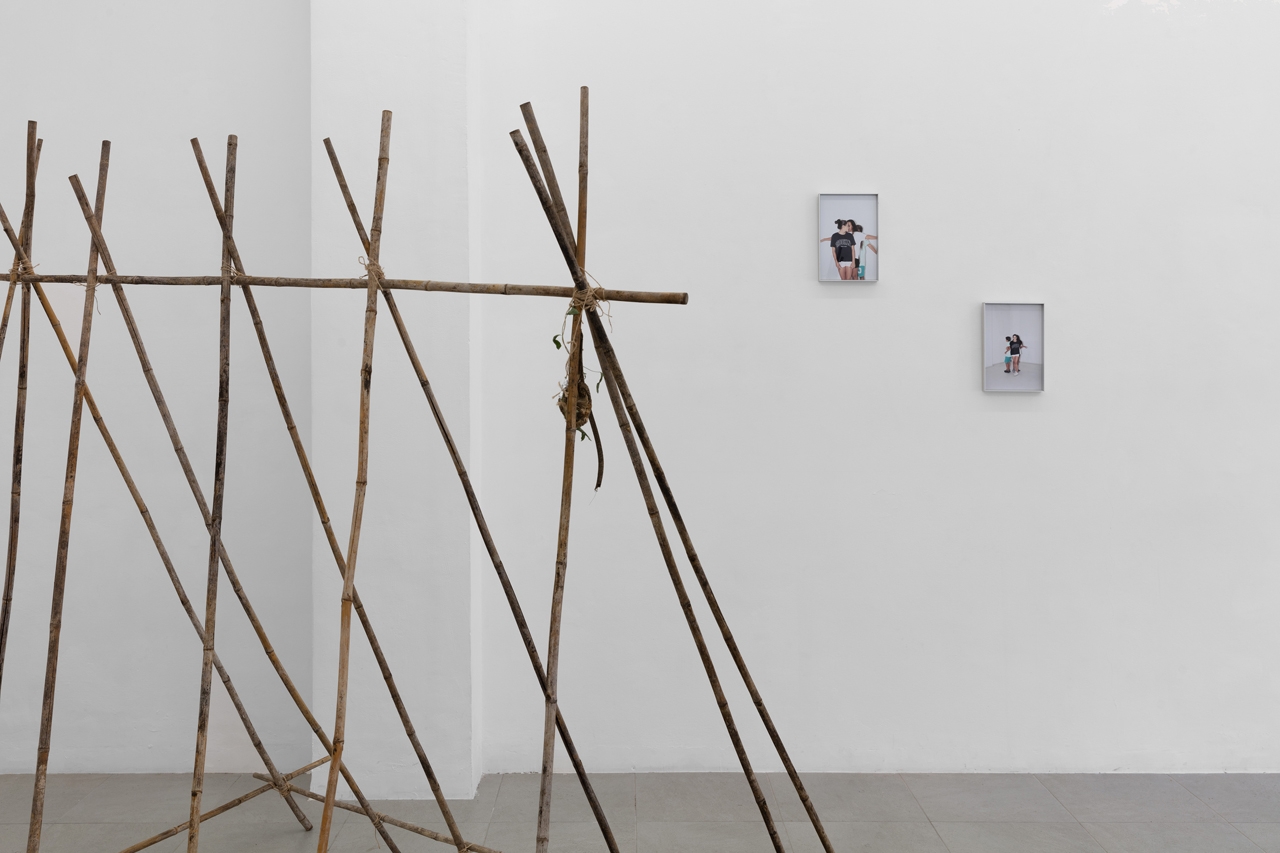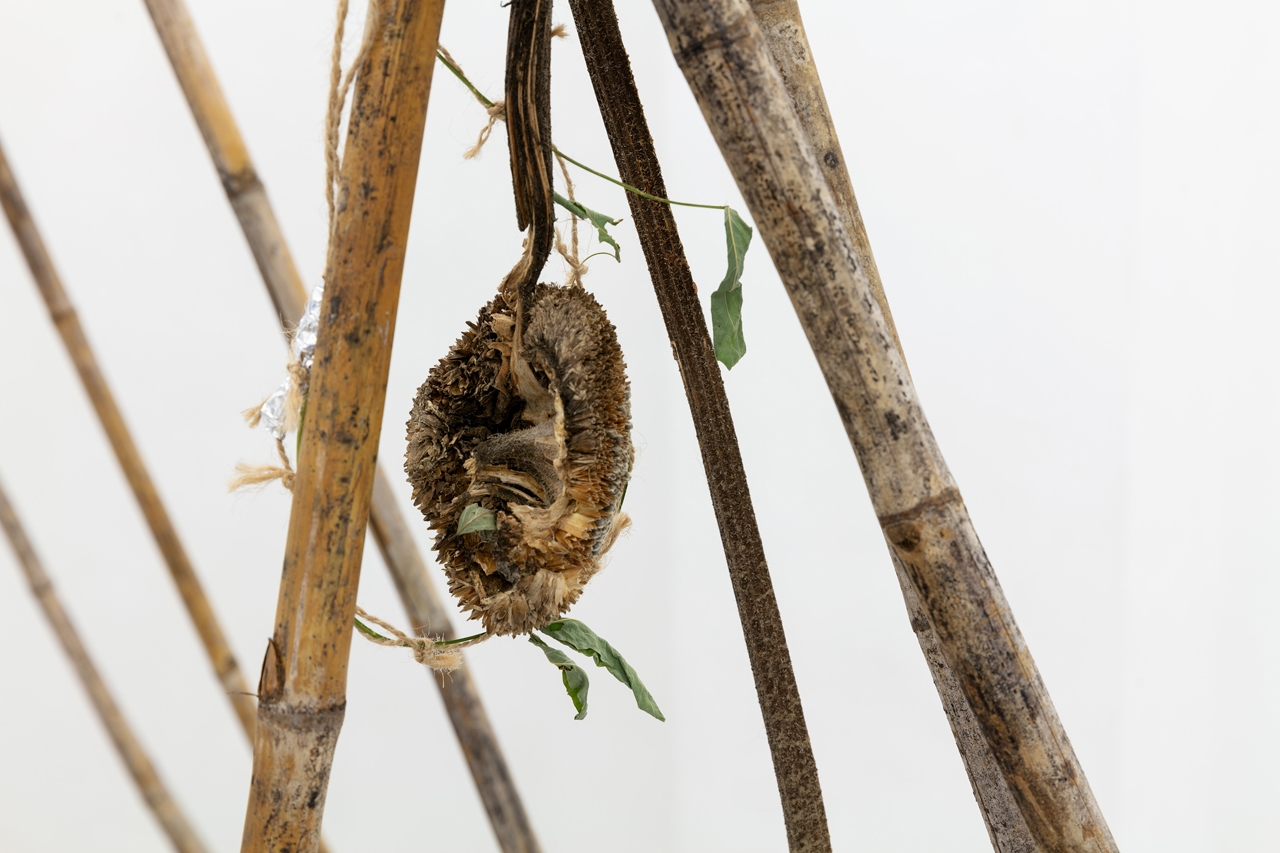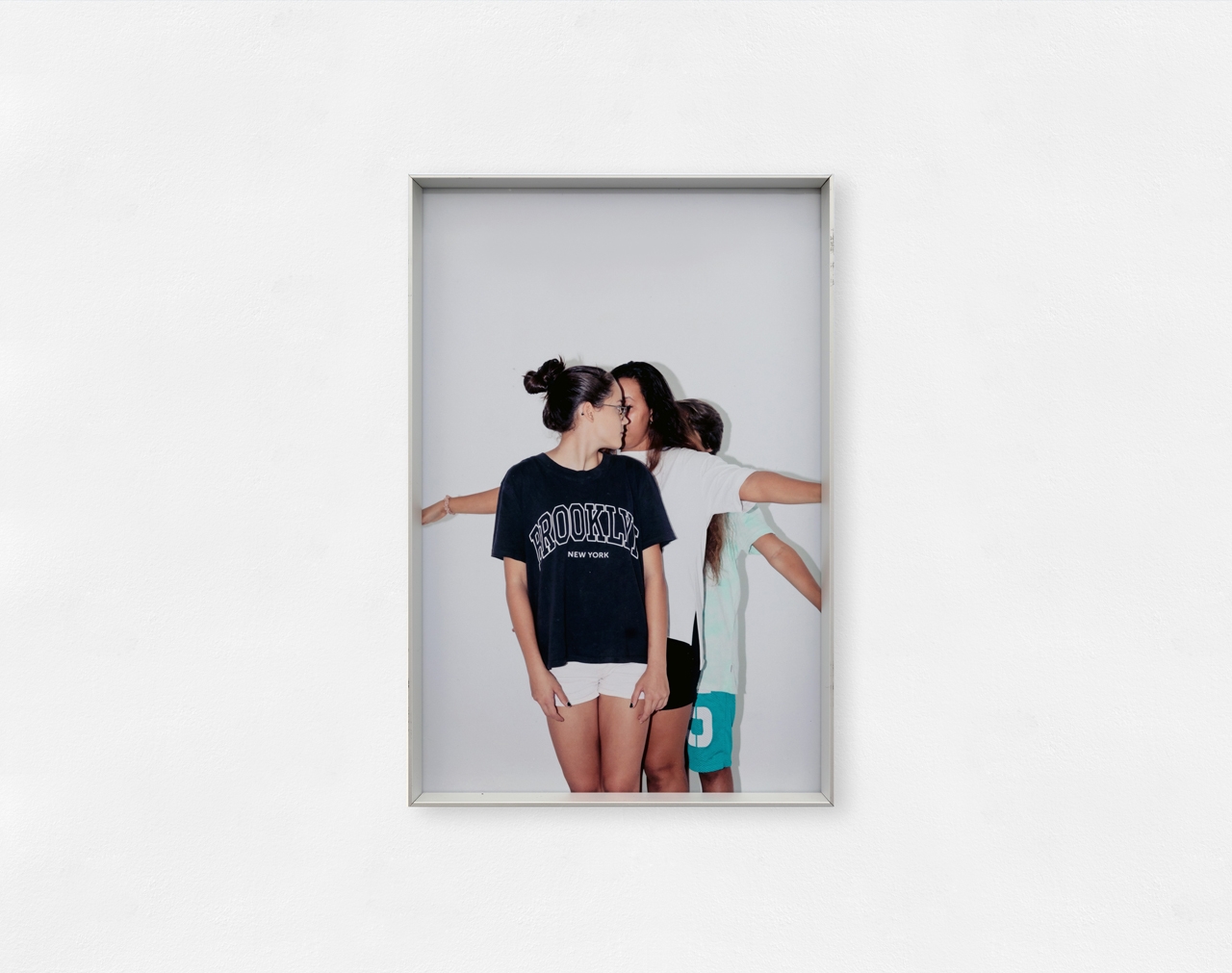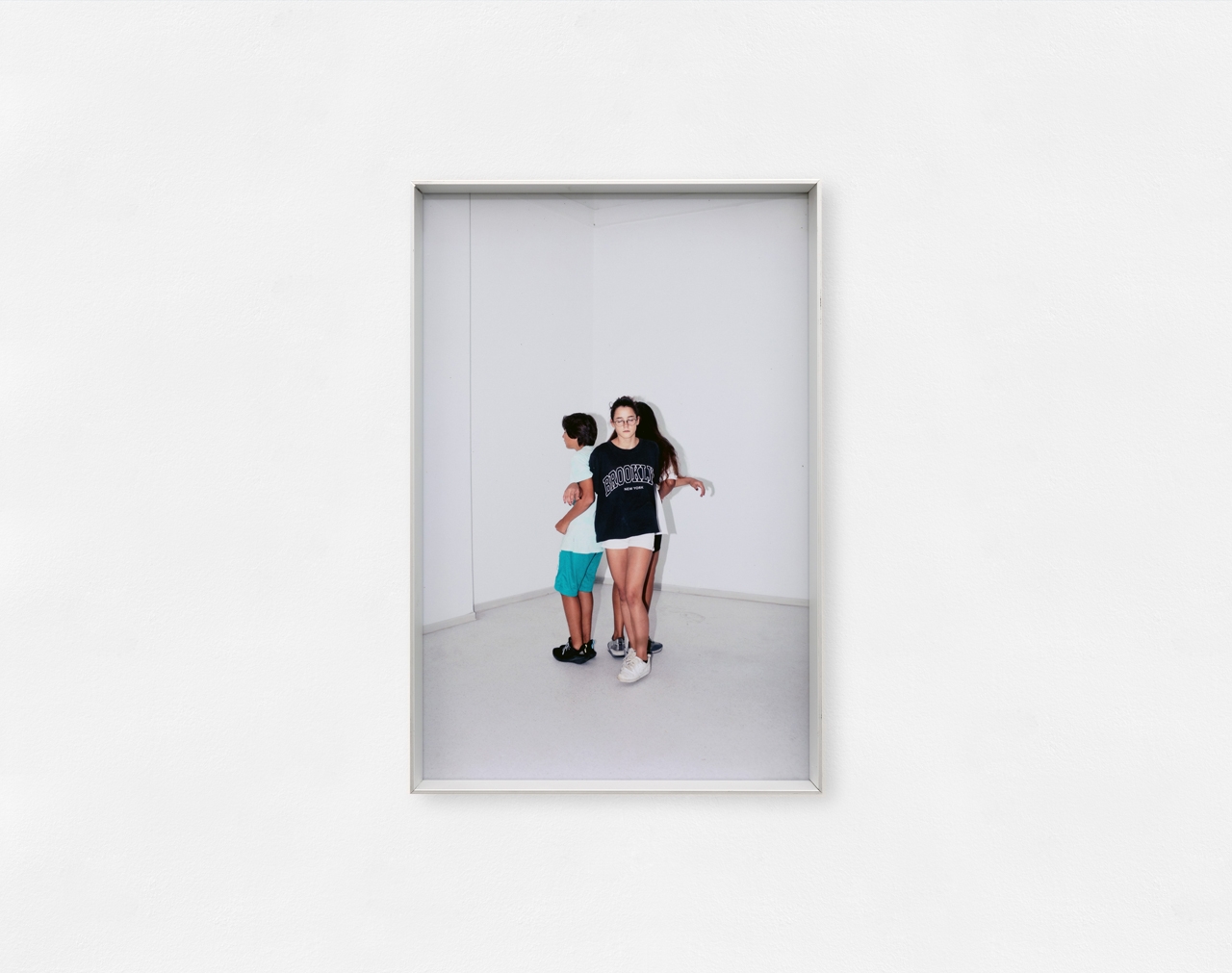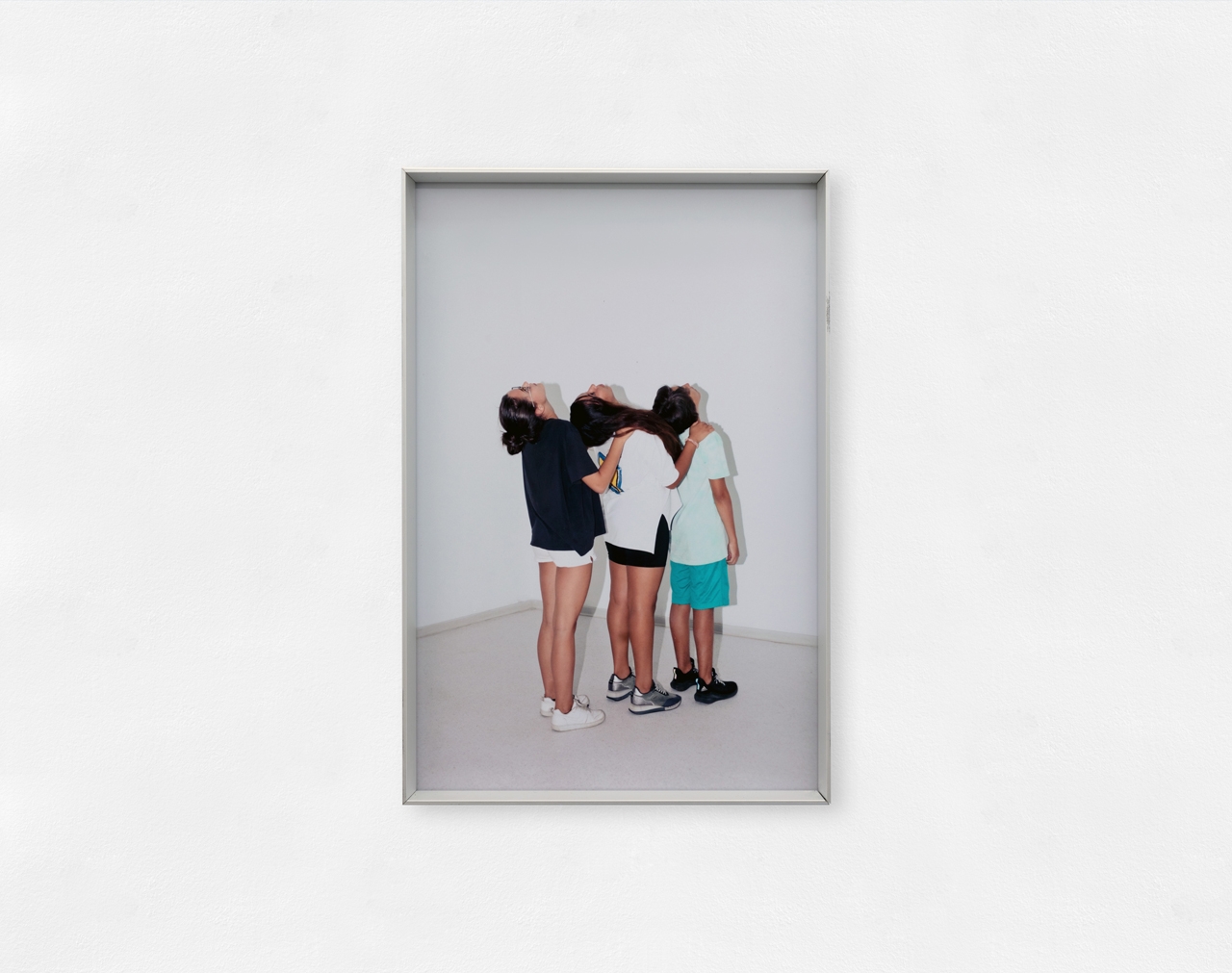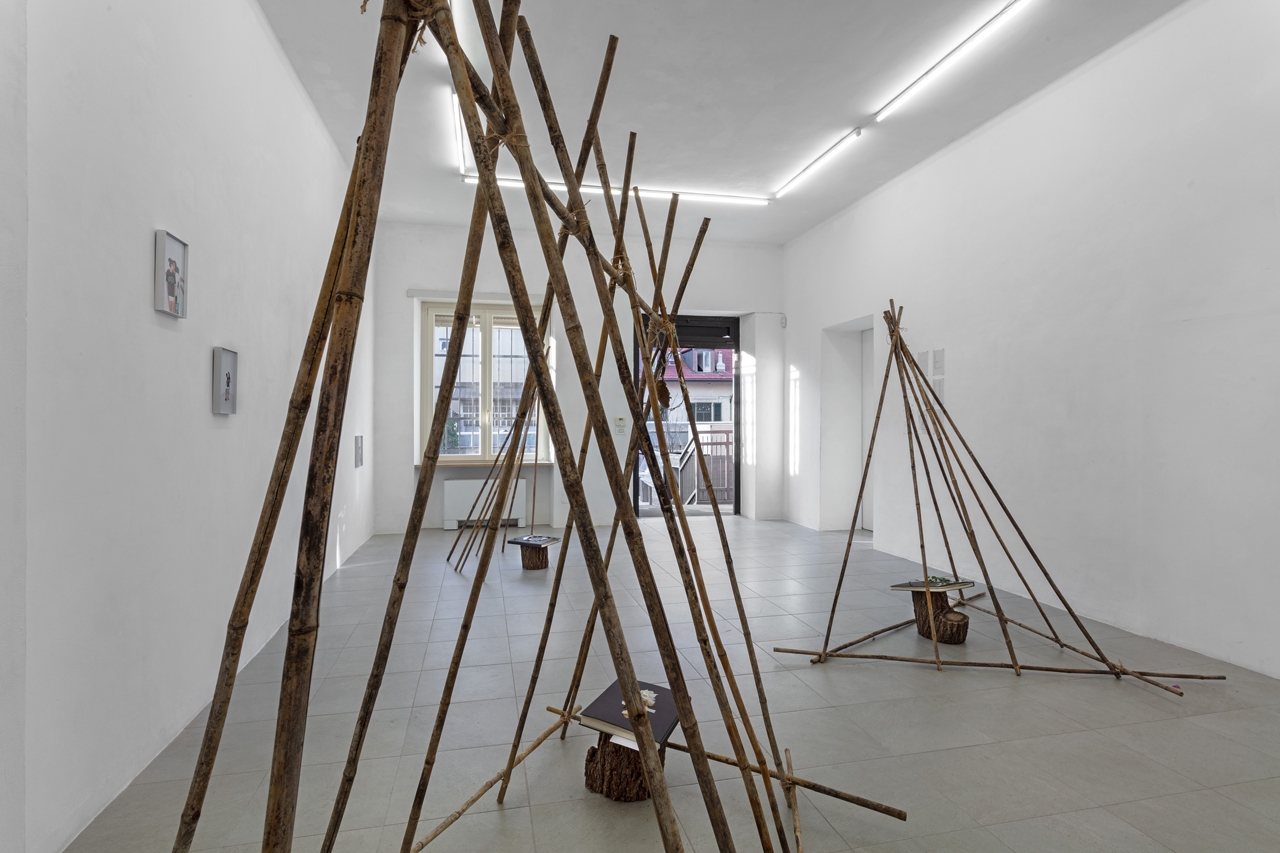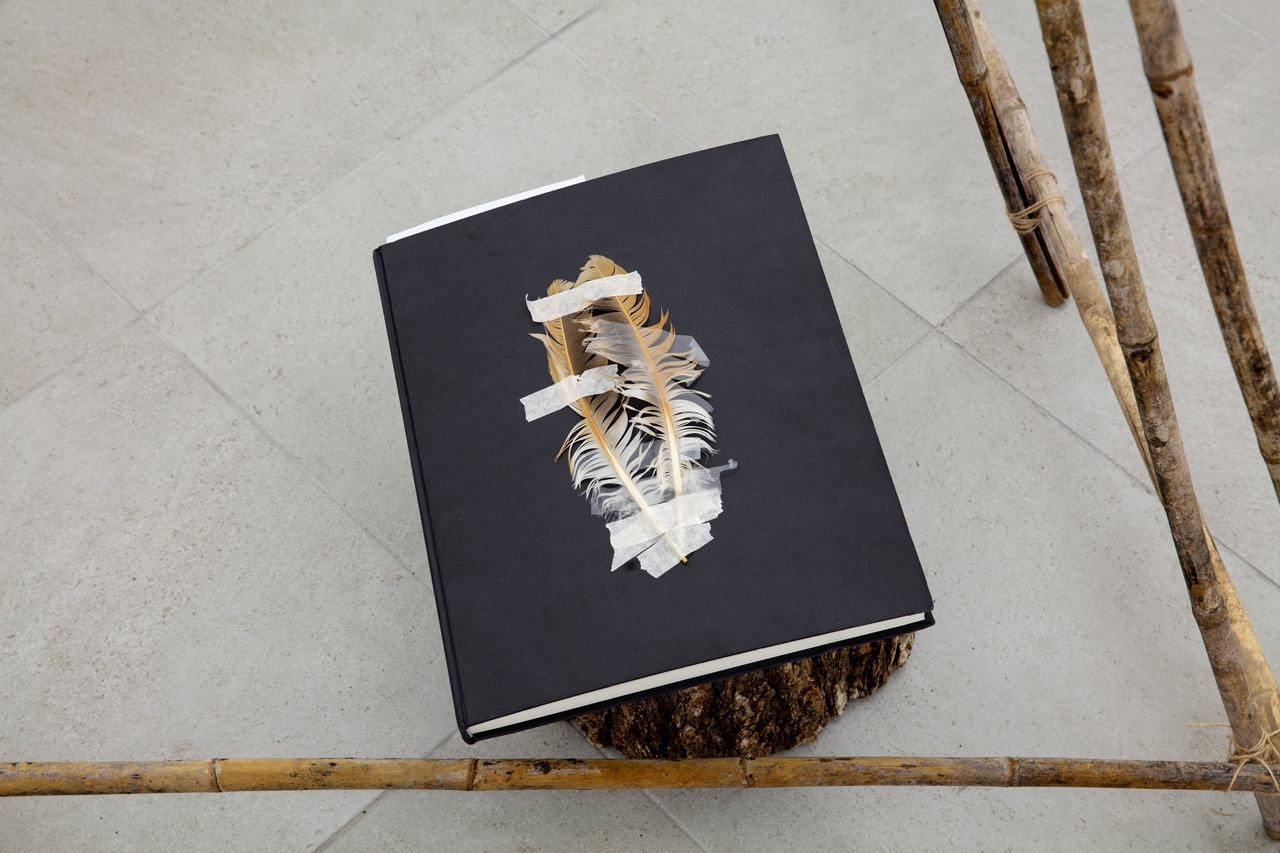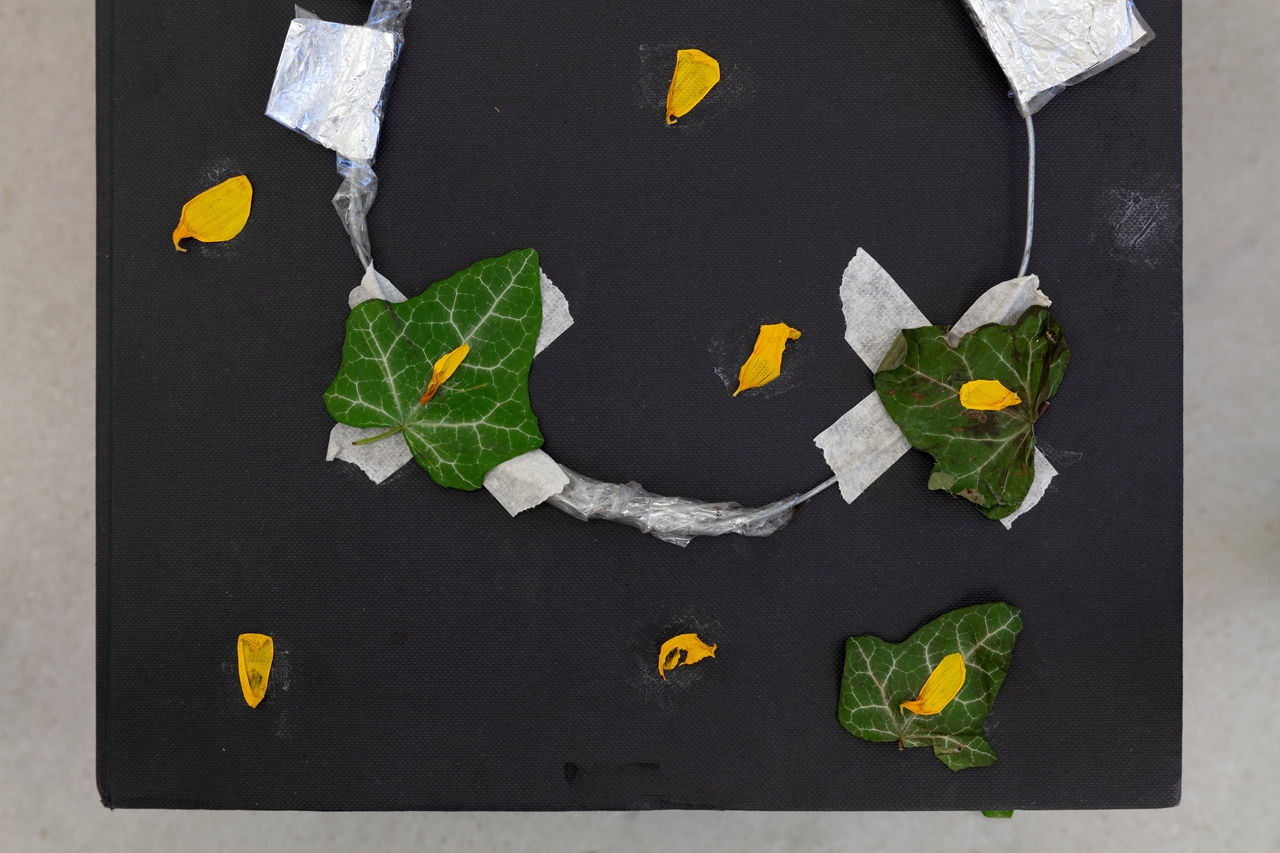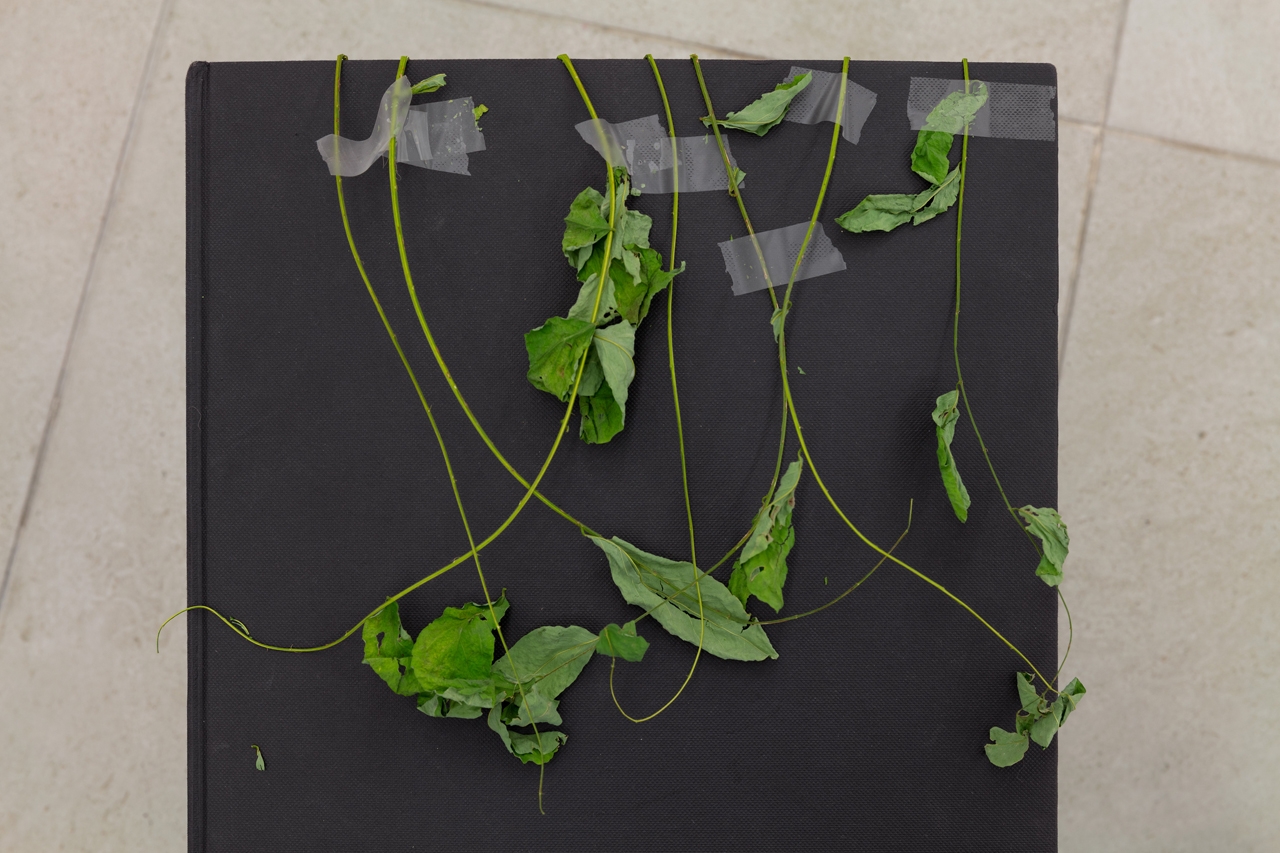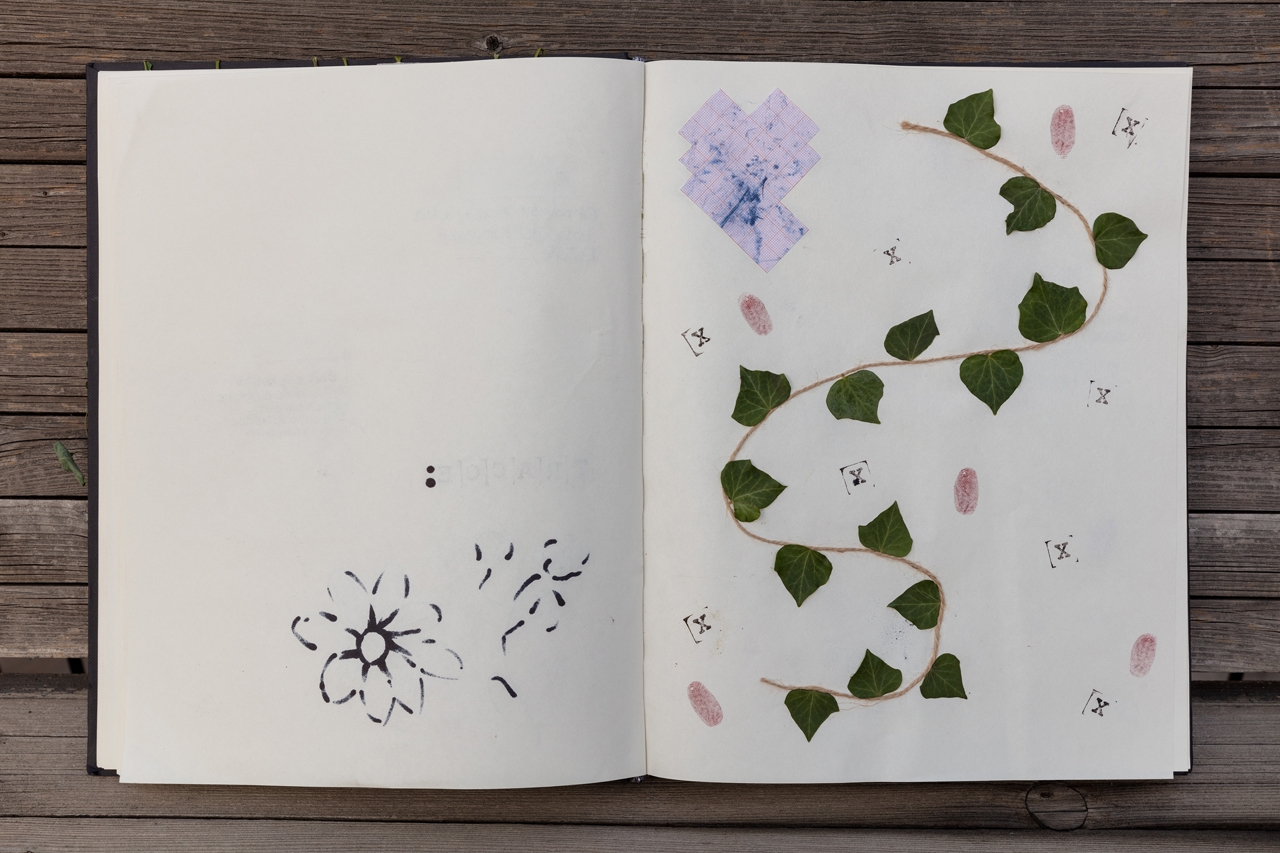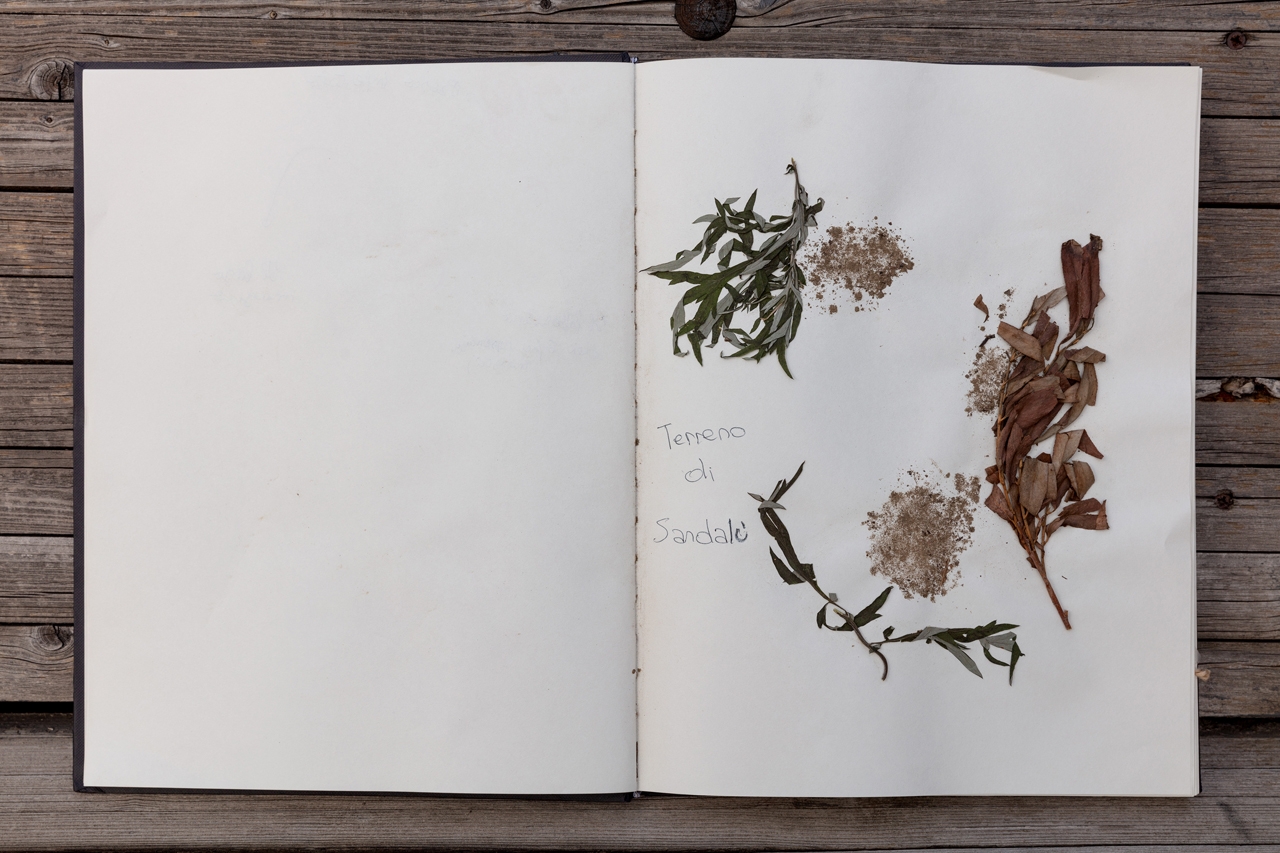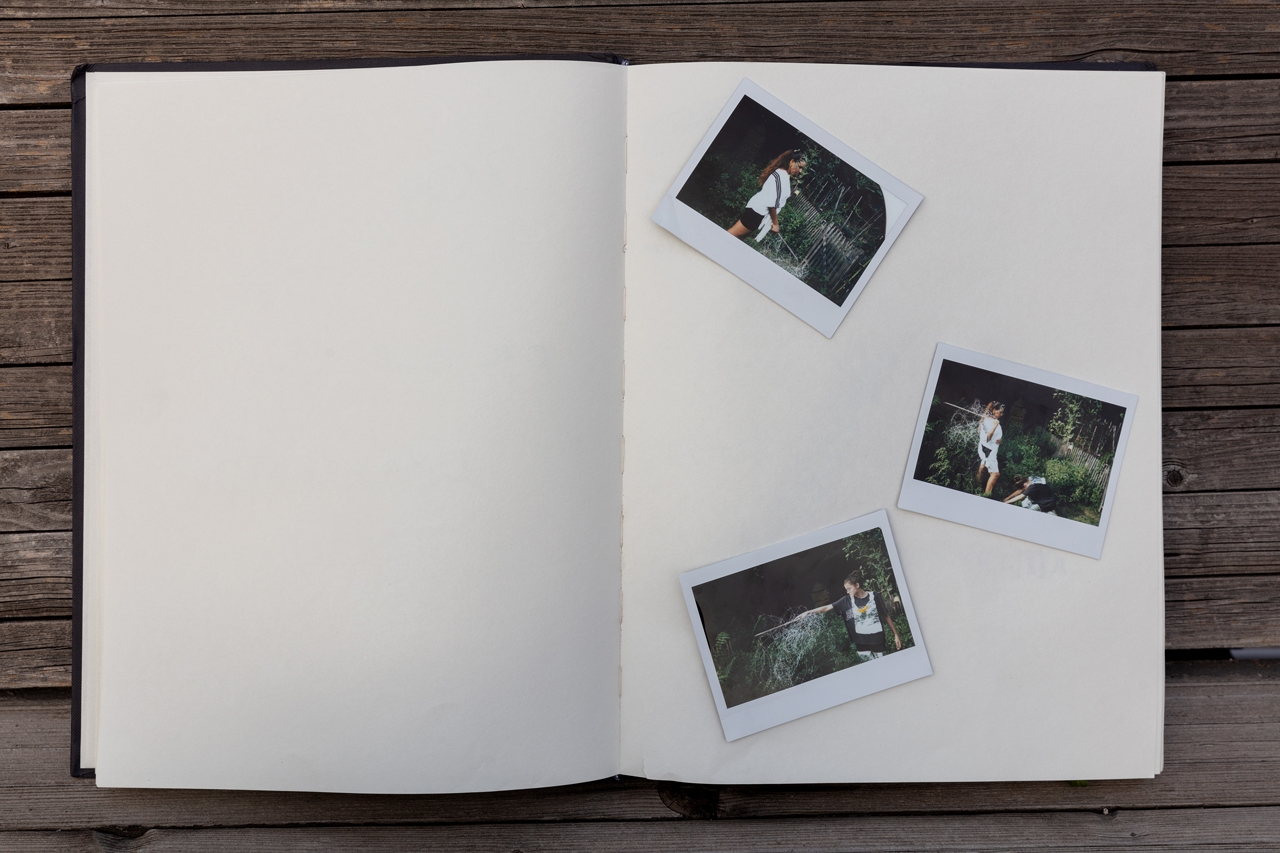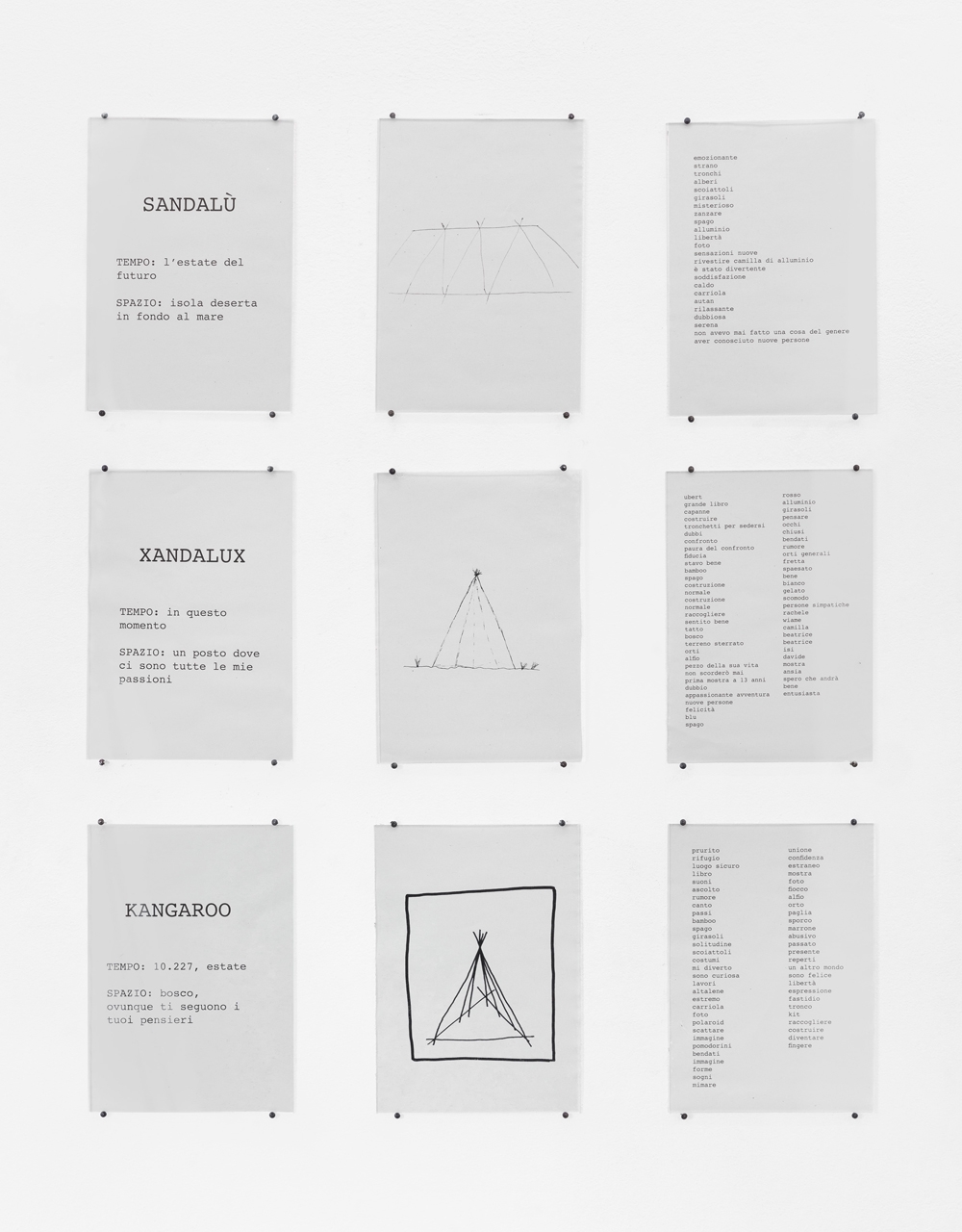Rachele Maistrello
CANDALÙ11 September—16 October 2022
Opening: 10 September, h.18
Torino, 10 settembre 2022
Gentilissimo Orson Welles,
le scrivo dal futuro.
Sa, l’ambizioso signor Kane del suo film Quarto Potere mi ha fatto una gran tenerezza.
La sua dimora, fortezza per accogliere tanto il magnifico quanto la solitudine, Candalù, non è forse un modo per avvicinarsi a ciò che egli ha perso, ovvero un’infanzia mai avuta davvero?
Chissà perché ciò che si perde sembra sempre avere così tanto valore, chissà se questa infanzia così spesso chiamata in causa è davvero il luogo di sfrenata libertà che ci piace immaginare.
Marco Polo la sua terra remota l’aveva chiamata Giandu, da Xanadu, ovvero Shàngdū.
È da lì che ha preso spunto quando ha chiamato così il rifugio del suo protagonista? Voleva raccontare di un luogo remoto, forse un po’ mistico, in cui non si può più tornare se non con la propria mente?
Wiame, Umberto, Camilla, hanno tredici anni.
Nell’immaginare una mostra fatta da loro, forse anche io stavo cercando la mia Candalù, un modo per allontanare le mie sovrastrutture, dare la possibilità ad altri linguaggi di esistere.
“Perché nei luoghi dell’arte ci sentiamo a disagio? Che cos’è l’arte? ” Non sono riuscita a rispondere a tutte le domande con assoluta certezza, ma d'altronde credo che questo esperimento non sarebbe stato possibile se non avessimo concesso spazio al dubbio senza troppe paure.
È stata questa libertà a guidarci in un processo così, a modo suo, rischioso e un po’ folle, perché collettivo in ogni fase, dall’allestimento, alla scelta dei materiali e dei linguaggi da usare.
Un processo che si fa beffa di gerarchie e autorità e si fida del caso, che chiede a tre persone nate nel 2009 senza alcuna pretesa di essere artisti o diventarlo nel futuro, di dare tutti se stessi per fare una mostra d’arte.
Gli Orti Generali ci hanno aiutati molto.
Dai loro rifugi di bambù, Camilla, Wiame e Umberto hanno cercato, nella zona più selvaggia degli orti, tracce lasciate da un mondo che ancora non esisteva. I reperti, inizialmente senza valore, hanno dato lentamente forma a XANADU’, KANAGAROO e SANDALU’, puzzle in cui l’esteriore è realtà aumentata, è rivelazione di un’interiorità che si scopre strada facendo.
I rifugi, costruiti da loro grazie ad Alfio, ortolano ed esperto di architetture libere, sono diventati basi esplorative in cui ascoltare il suono intorno a noi, acuire i sensi, fidarci di chi non si conosce e di cosa ancora non si sa. Ne è nato forse un manuale esplorativo, forse un libro d’artista; forse un semplice ricordo di giorni passati insieme, da riempire nei giorni futuri.
Riportare tutto da Almanac è stata forse la parte più difficile: cosa vale la pena condividere? Che cosa può essere arte e cosa invece non lo è? Mettiamo i cognomi nel comunicato stampa? Siamo artisti solo perché abbiamo fatto una mostra? Un video girato da cinque mani diverse che cos’è?
Infine, le fotografie scattate da me sono di troppo? Avevo scelto tre immagini dove ognuno di loro fosse protagonista, in modo da non fare differenze. Ma Camilla, Umberto e Wiame avevano un’idea dell’allestimento molto più chiara di me: hanno scelto le immagini in cui si percepivano le forze latenti e liberatorie di nuove posture, in cui il corpo parlasse meglio di noi e raccontasse l’ultima mezz’ora passata negli spazi di Orti Alti.
Spero, in tutta sincerità, che si divertirà almeno un po’ quando verrà a visitare la nostra mostra, gentile signor Welles. Siamo riusciti a far convergere sistemi di pensiero diversi in vista di uno scopo comune? Le ammetto che non l’ho ancora capito, ma le confido che è stato molto liberatorio dimenticarsi dell’autorialità e accogliere anche ciò che non ha forma come qualcosa di prezioso.
Forse mi capirà, forse anche lei ha provato a fare qualcosa di simile quando ha annunciato l’arrivo degli Ufo alla radio, al posto di lasciare una delle solite interviste.
Grazie se è arrivato fino a qui.
Le auguro un sereno autunno,
a presto,
Rachele
Candalù è un progetto partecipativo concepito da Rachele maistrello con lavori di Camilla L., Umberto L. e Wiame B.
Il progetto è realizzato in partnership con Orti Generali, Alkadia Spazio Giovani, Beeozanam e con il supporto di Fondazione CRT Fondazione Compagnia di San Paolo.

Turin, September 10, 2022
Dearest Orson Welles,
I am writing to you from the future.
You know, the ambitious Mr. Kane of your film Citizen Kane has endeared himself to me.
Isn't his abode, a fortress to accommodate both the magnificent and the lonely, Candalù, a way to get closer to what he has lost, namely the childhood he never really had?
Who knows why what is lost always seems to have so much value, who knows if this childhood so often called into question is really the place of unbridled freedom we like to imagine.
Marco Polo named his remote homeland Giandu, from Xanadu, or Shàngdū.
Is it from there that he took the cue to name like that his protagonist's refuge? Did he want to tell of a remote, perhaps somewhat mystical place to which one can never return except with one's mind?
Wiame, Umberto, Camilla, are 13 years old.
In imagining an exhibition made by them, perhaps I was also looking for my own Candalù, a way to get away from my superstructures, to give other languages a chance to exist.
"Why do we feel uncomfortable in art spaces? What is art?" I could not answer all the questions with absolute certainty, but then again, I think this experiment would not have been possible if we had not allowed room for doubts without too much fear.
It was this freedom that guided us in a process that was so, in its own way, risky and a bit crazy, because it was collective at every stage, from the set-up, to the choice of the materials and the languages to be used.
A process that makes a mockery of hierarchies and authorities and trusts in chance, asking three people born in 2009 with no pretense of being artists or becoming artists in the future, to give all of themselves to make an art exhibition.
Orti Generali helped us a lot.
From their bamboo huts, Camilla, Wiame and Umberto searched the wildest part of the gardens for traces left behind by a world that did not yet exist. The finds, at first meaningless, slowly gave shape to XANADU', KANAGAROO and SANDALU', puzzles whose exterior became an augmented reality: the revelation of an interiority discovered along the way.
The huts, built by them with the help of Alfio, an ortolan and expert in outdoor architectures, have become exploratory bases in which to listen to the sounds around us, sharpen our senses, trust the unknown and what you do not yet know. The result was perhaps an exploratory manual, perhaps an artist's book; perhaps simply the memories of the days spent together, to be filled in future days.
Bringing everything back to Almanac was perhaps the hardest part: what is worth sharing? What can be art and what not? Do we write the last names in the press release? Are we artists just because we had an exhibition? What is a video shot by five different hands?
Finally, are the photographs taken by me too much? I chose three images where each of them was the protagonist, to not create any disparity. But Camilla, Umberto, and Wiame had a much clearer idea of the set-up than me: they chose the images in which the latent and liberating forces of new postures were perceived, in which the body spoke better than we did and told the story of the last half hour spent in the spaces of Orti Alti.
I hope, in all sincerity, that you will at least have some fun when you come to visit our exhibition, dear Mr. Welles. Have we succeeded in bringing different systems of thought together for a common purpose? I admit I haven't figured it out yet, but I confide to you that it was very liberating to forget authorship and to welcome even that which has no form as something valuable.
Perhaps you will understand me, perhaps you also tried to do something similar when you announced the arrival of the UFOs on the radio, instead of one of the usual interviews.
Thank you for making it this far,
I wish you a peaceful autumn,
see you soon,
Rachele
CANDALÙ is a participatory project initiated by Rachele Maistrello with works by Camilla L., Wiame B. and Umberto L., realized in partnership with Orti Generali, Alkadia Spazio Giovani and Beeozanam.
Almanac Inn is supported by Fondazione CRT and Fondazione Compagnia di San Paolo.

